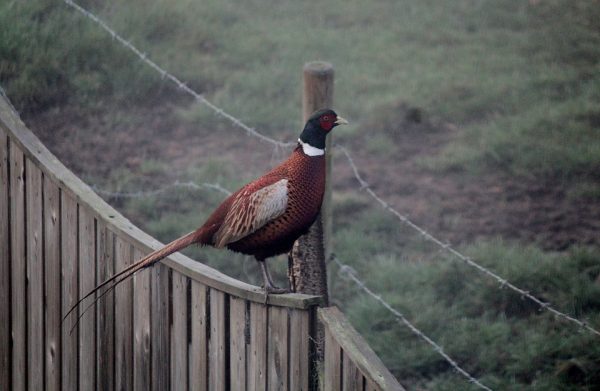Pheasant season is well underway, yet some of the best hunting of the year remains ahead as temperatures cool and hunting conditions improve.
If you want to improve your level of success this season, follow these seven critical pheasant hunting tips to give you an edge in the field.
SCOUTING
Before hunting, make sure to thoroughly scout the parcel of land you plan to hunt. Learn the layout of the land and take note of areas that look promising for pheasants.
RELATED: Tips for Hunting Pheasant on Public Land
Also watch for signs of pheasant activity, such as tracks on the ground or the sound of a rooster crowing. Dusk is among the best times to scout, because the birds are in one of their most active periods of the day, and you will be most likely to spot them.
GET A DOG
There are few, if any, types of bird hunting where it is more critical to have dependable dog with you. A well-trained pointer or lab can make all the difference.
A dog dramatically improves your chances for success, because it will find and flush birds for you, which provides significantly more shots per outing than if you do not have a dog with you. In addition, your dog can find the pheasants you shoot quickly, which saves time and energy.
WATER
Hunters often focus on food and cover when searching for pheasants, but often overlook water. Yet, when conditions are dry, pheasants will frequently congregate near sources of water. Search the edges of ponds or streams, but do not ignore less obvious sources, such as large puddles or drainage ditches.
RELATED: Nebraska Wants You To Come Pheasant Hunting
STAY QUIET
While silence is an important aspect in many types of hunting, it tends to be less of a focus for pheasant hunters. However, staying as quiet as possible, even while exiting your vehicle, will reduce the number of pheasants you spook. Pheasants, especially experienced ones, can learn to associate human sounds with danger.
THICK COVER
When temperatures drop below the freezing mark and snow covers the ground, try focusing on heavier cover. Pheasants will be attracted to heavy cover in an attempt to stay out of the cold. The snow can help you locate pheasants in these locations, because it leaves behind clues to their activity.
PATIENCE IS KEY
If you are not seeing any birds and frustration is setting in, remember that patience is important in pheasant hunting. Whenever you get frustrated it is time to slow down and assess the terrain around you. If you know pheasants are in the area, retrace your earlier routes. What areas did you miss? Think about the possibilities of where the birds might be located; then focus on those locations. If you are patient and calculated in your approach, you are more likely to find birds and experience success.
PRACTICE
It may sound elementary, but continued shooting practice is essential to improving your pheasant hunting success. Between hunts, get out to the range and practice. Hone your shooting skills to their maximum level to reduce the odds of missing a bird on your next hunt.
Photo credit: Pixabay








